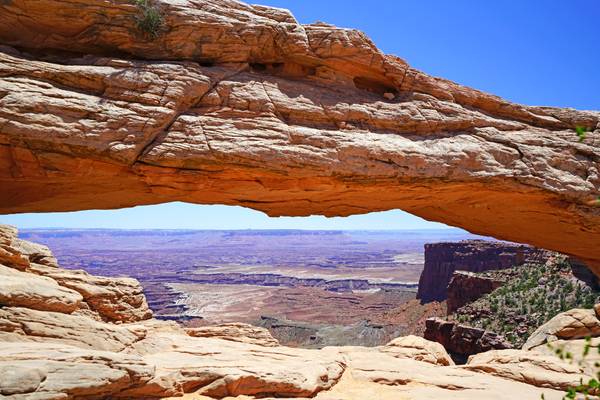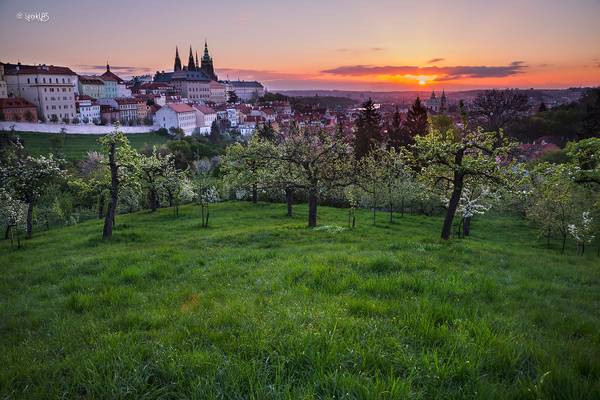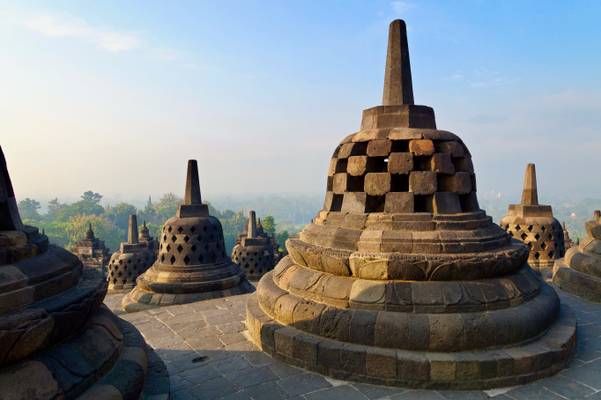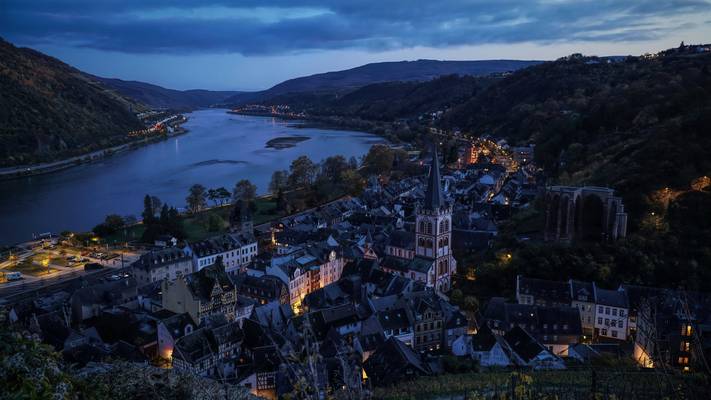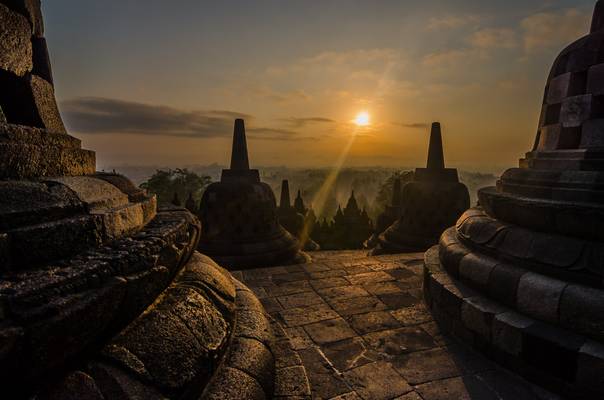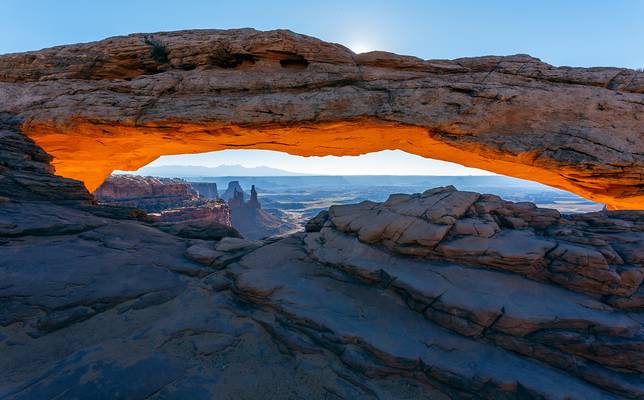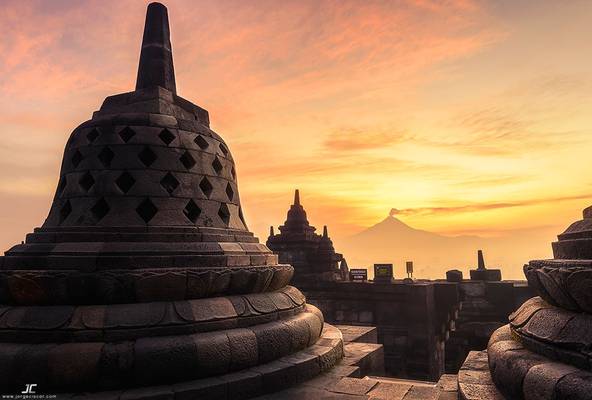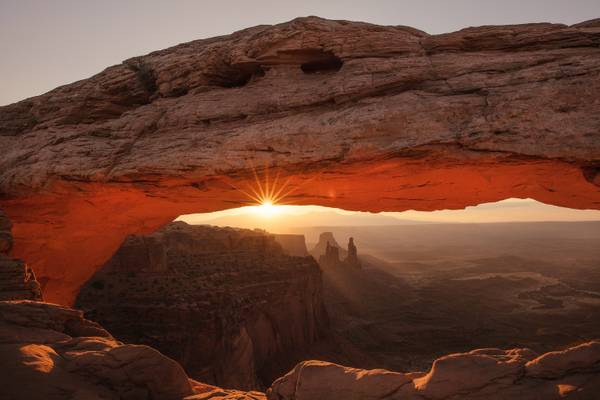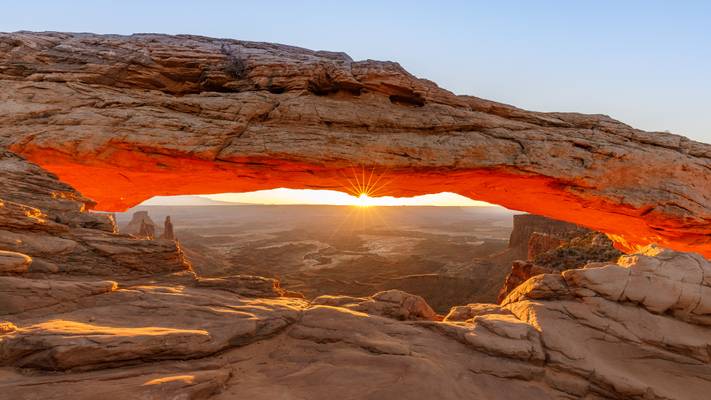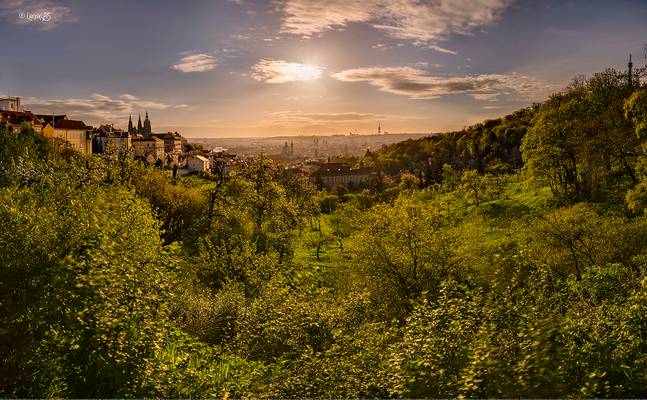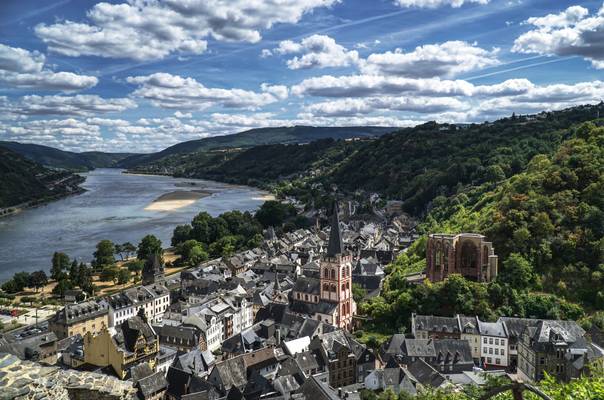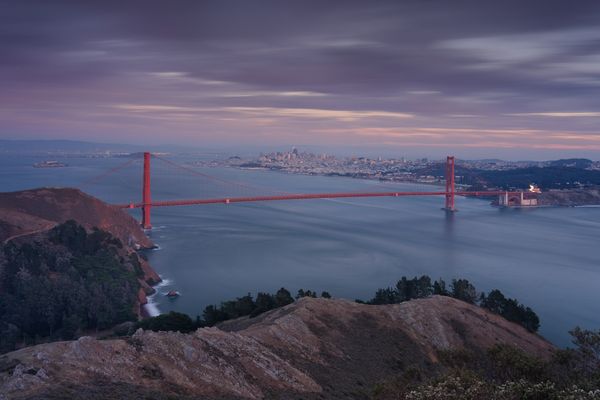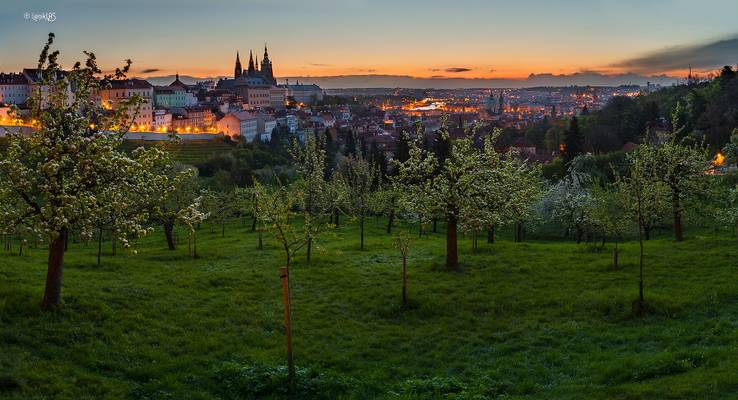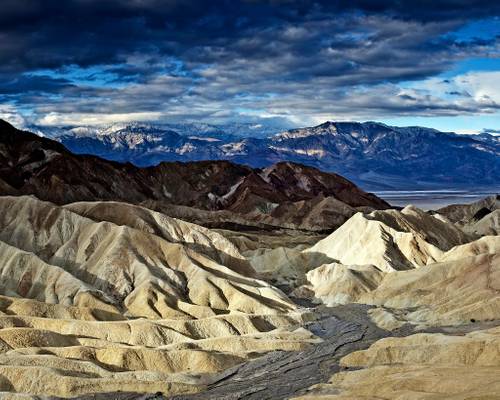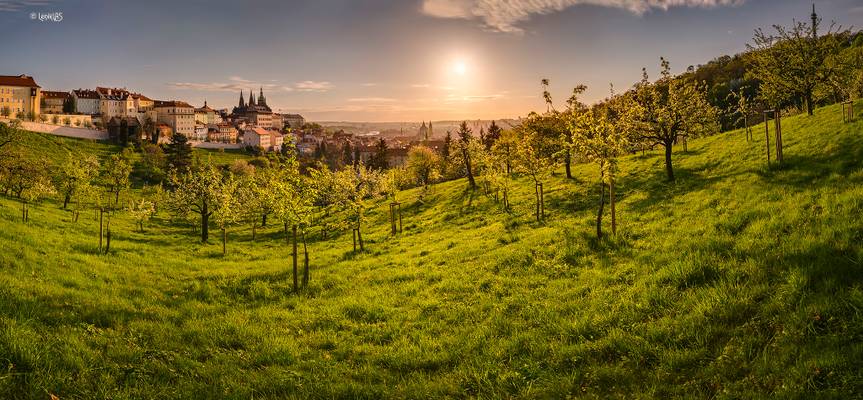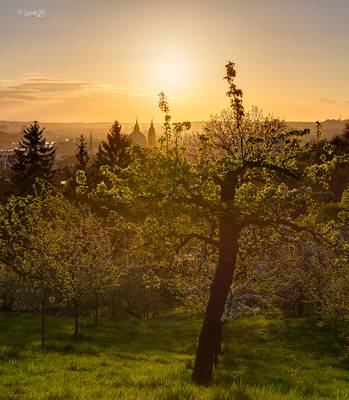
sunrise

by Maurizio Fontana
USA 2011 - Death Valley
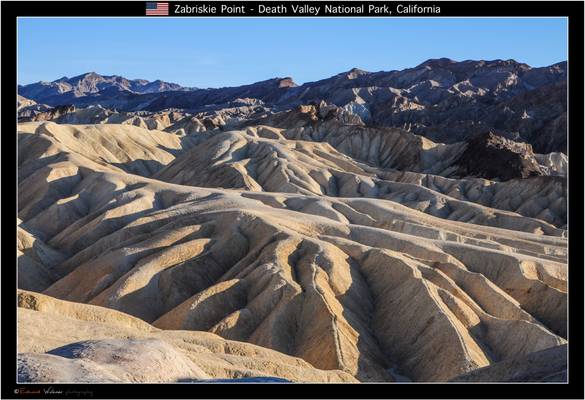
by Eduard Wichner
Zabriskie Point is a part of the Amargosa Range located east of Death Valley in Death Valley National Park in California, United States, noted for its erosional landscape. It is composed of sediments from Furnace Creek Lake, which dried up 5 million years ago—long before Death Valley came into existence. The location was named after Christian Brevoort Zabriskie, vice-president and general manager of the Pacific Coast Borax Company in the early 20th century. The company's twenty-mule teams were used to transport borax from its mining operations in Death Valley.
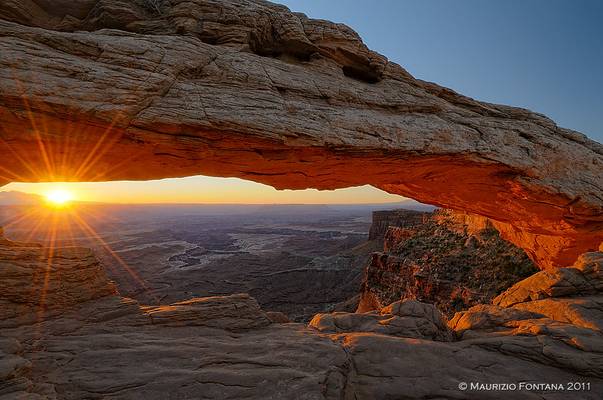
by Maurizio Fontana
USA 2011 - Canyonlands
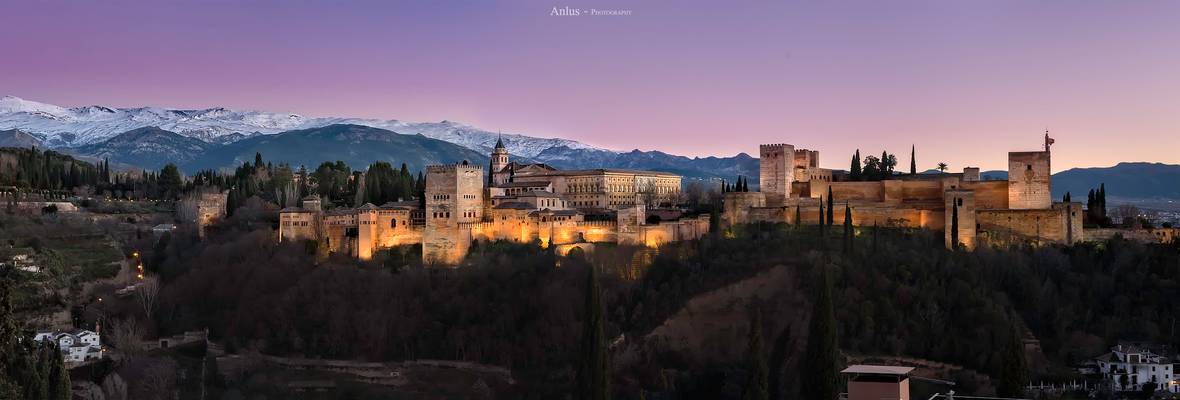
by angel
La Alhambra es una ciudad palatina andalusí situada en Granada, en la comunidad autónoma de Andalucía, España. Consiste en un conjunto de palacios, jardines y fortaleza (alcázar o al-qasr القصر) que albergaba una verdadera ciudadela dentro de la propia ciudad de Granada, que servía como alojamiento al monarca y a la corte del Reino nazarí de Granada. Su verdadero atractivo, como en otras obras musulmanas de la época, no solo radica en los interiores, cuya decoración está entre las cumbres del arte andalusí, sino también en su localización y adaptación, generando un paisaje nuevo pero totalmente integrado con la naturaleza preexistente. En 2015 fue uno de los monumentos más visitados de España, recibiendo la cifra histórica de 2 474 231 visitantes.
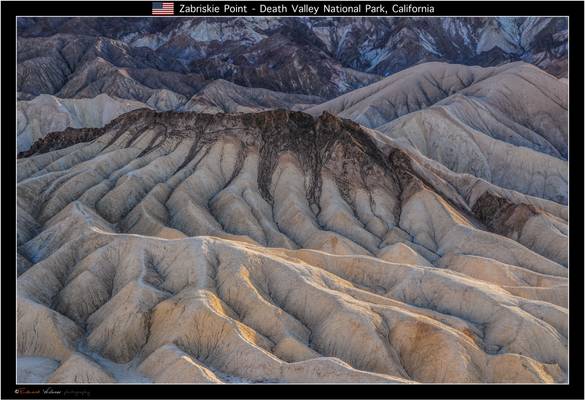
by Eduard Wichner
Zabriskie Point is a part of the Amargosa Range located east of Death Valley in Death Valley National Park in California, United States, noted for its erosional landscape. It is composed of sediments from Furnace Creek Lake, which dried up 5 million years ago—long before Death Valley came into existence. The location was named after Christian Brevoort Zabriskie, vice-president and general manager of the Pacific Coast Borax Company in the early 20th century. The company's twenty-mule teams were used to transport borax from its mining operations in Death Valley.
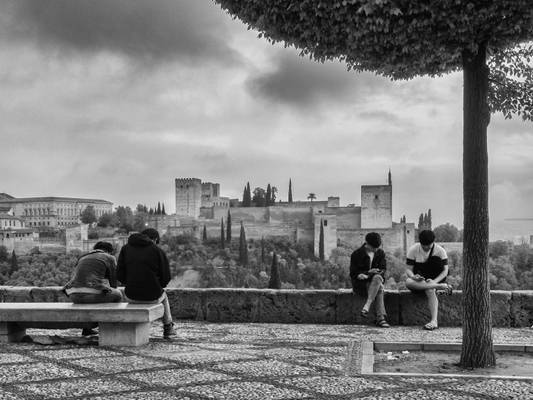
by Di_Chap
"Ok Google, please where can I see the Alhambra ?"
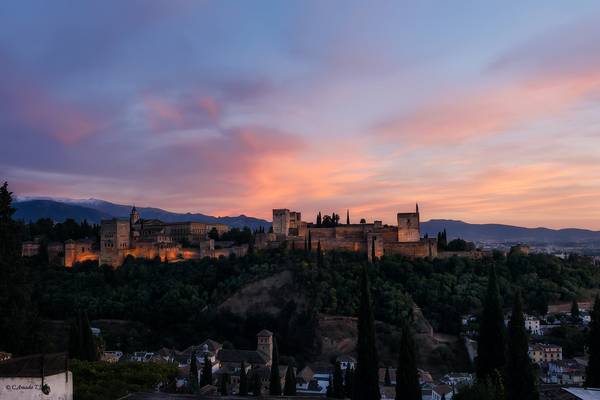
by Amada Terradillos
Una visita a Granada con la intencion de ver la puesta de sol desde el Mirador de San Nicolas, claro que la misma intención tenían muchos otros turistas.
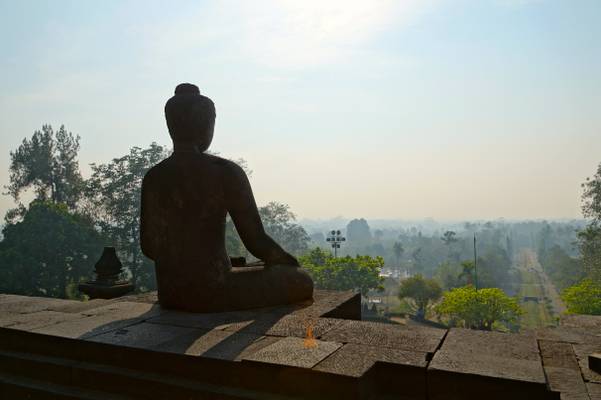
by Romain Pontida
Borobudur, or Barabudur (Indonesian: Candi Borobudur, Javanese: ꦕꦤ꧀ꦣꦶꦧꦫꦧꦸꦣꦸꦂ, translit. Candhi Barabudhur) is a 9th-century Mahayana Buddhist temple in Magelang, Central Java, Indonesia, and the world's largest Buddhist temple. The temple consists of nine stacked platforms, six square and three circular, topped by a central dome. It is decorated with 2,672 relief panels and 504 Buddha statues. The central dome is surrounded by 72 Buddha statues, each seated inside a perforated stupa.
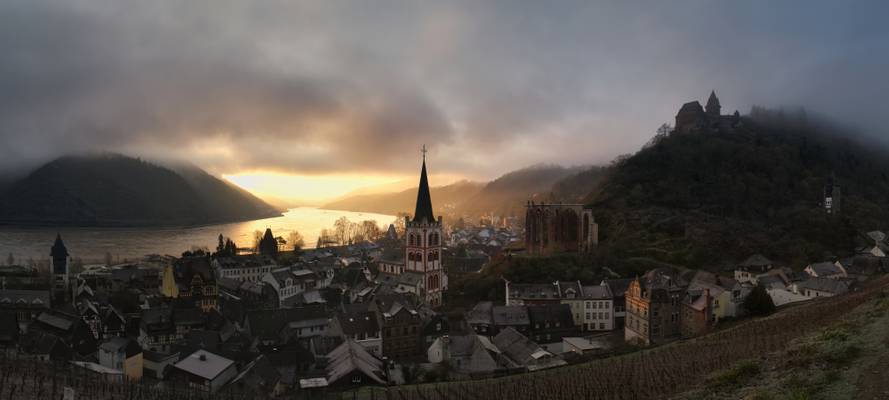
by Jerry Burchfield
Bacharach Germany in sunrise Atmospheric conditions
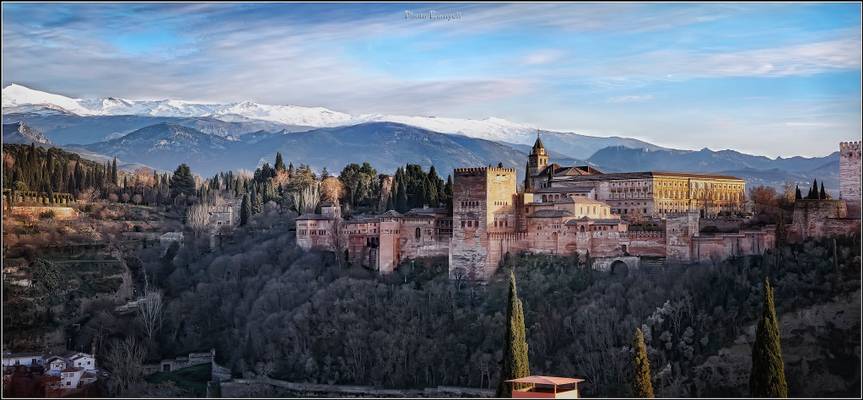
by angel
Aqui en esta vision mas amplia del recinto se ve claramente el color rojizo de la fortaleza que dio origen a su nombre de La Alhambra, pues tal como cita Wikipedia; Etimológicamente, «Alhambra» en árabe es «al-Ħamrā», 'la Roja', procedente del nombre completo «al-Qal'a al-hamra» ('fortaleza roja'). En su evolución, el castellano intercala entre la m y la r una b, como en «alfombra», que en el árabe clásico tenía el significado de 'rojez', escrito como «al-humra».
Igualmente he querido que en la panoramica aparezca a la izquierda el pico mas elevado de la Peninsula Iberica, el Mulhacen con 3478 metros, y que igualmente su nombre se deba a la etapa musulmana, ya que Su nombre viene de Muley Hacén, castellanización del nombre de Mulay Hasan, antepenúltimo rey nazarí de Granada en el siglo XV, del que se dice que fue enterrado en esta montaña.
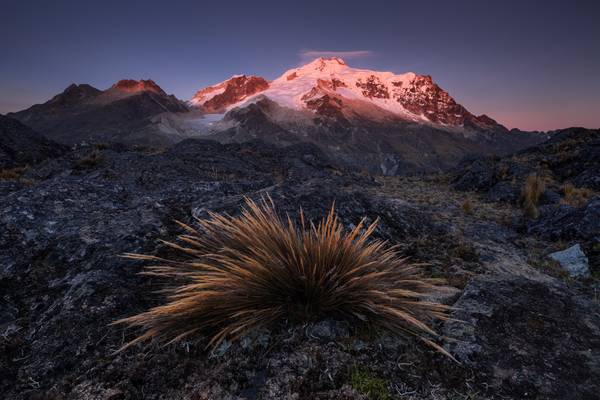
by Jiri Hajek
There are various great foreground elements around this spot, but I really liked the beautiful patches of grass here or there. Together with the first rays of Sun on Huayna Potosí it makes a very memorable morning to me.
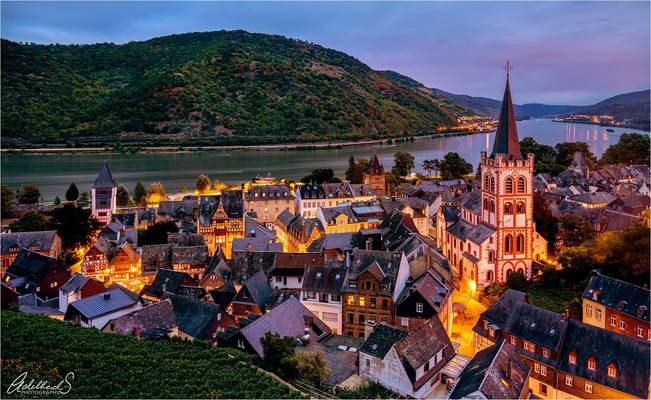
by Adelheid Smitt
One of the pretty villages along the Rhine river, as seen from a path through the vineyards above the town.
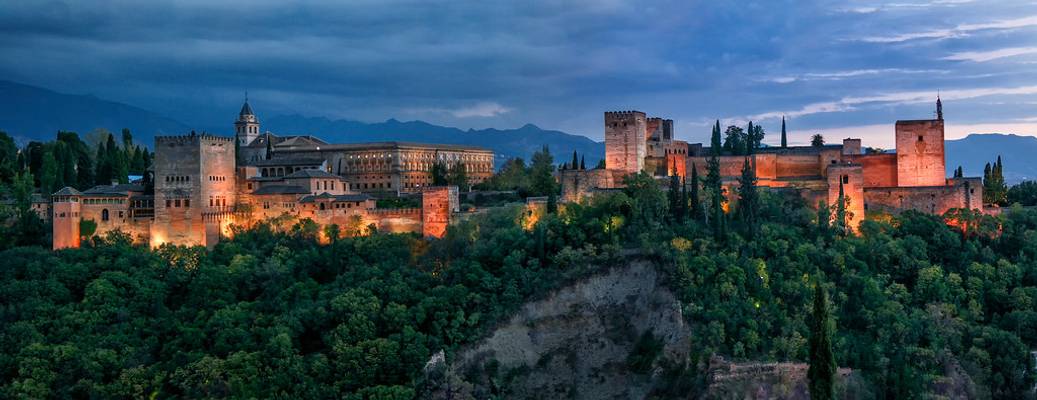
by Yi Jiang
The Alhambra (Arabic: الْحَمْرَاء, Al-Ħamrā, literally "the red one"), the complete form of which was Calat Alhambra (الْقَلْعَةُ ٱلْحَمْرَاءُ, Al-Qal'at al-Ħamrā, "the red fortress"), is a palace and fortress complex of the Moorish rulers of Granada in southern Spain (known as Al-Andalus when the fortress was constructed during the mid 14th century), occupying a hilly terrace on the southeastern border of the city of Granada.
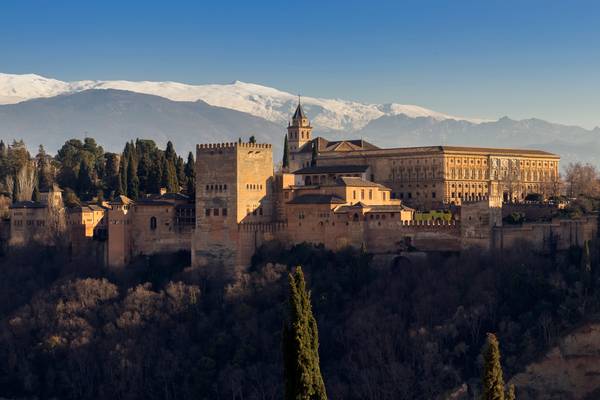
by Antonio Rodríguez Ayuso
Atardecer en la Alhambra de Granada, desde el mirador de San Nicolás, con Sierra Nevada al fondo.
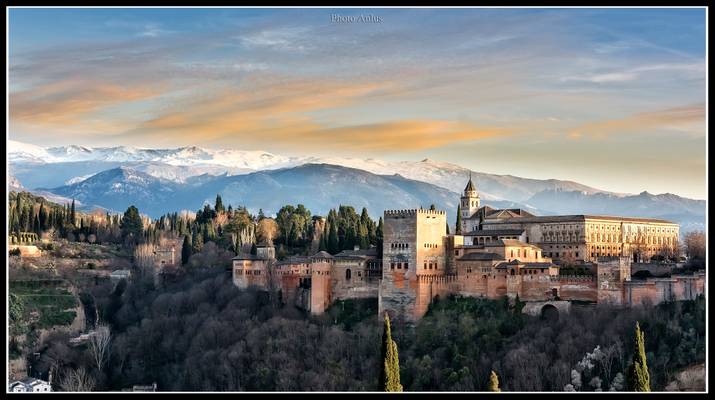
by angel
La Alhambra de Granada.
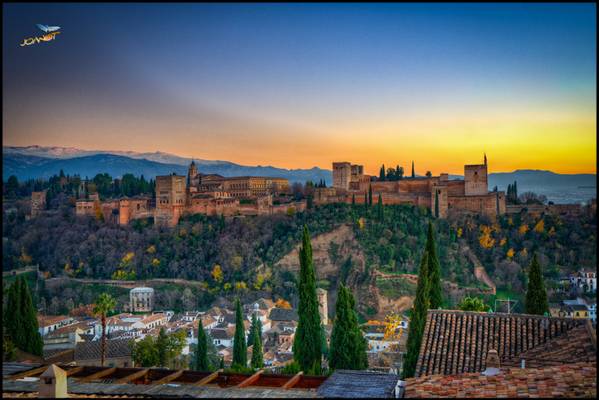
by Joanot Bellver
** l'Alhambra de Granada i Sierra Nevada des d'Albaicín (Granada) Andalucía, Spain
No Awards, Please! - All right reserved - Contact: joanot@cmail.cat
All my photos in one click - Fluidr - 500px - Recent - Interesting - Random - Sets - Google Plus - Pinterest - Tumblr - Twitter - Explorer - Facebook - **
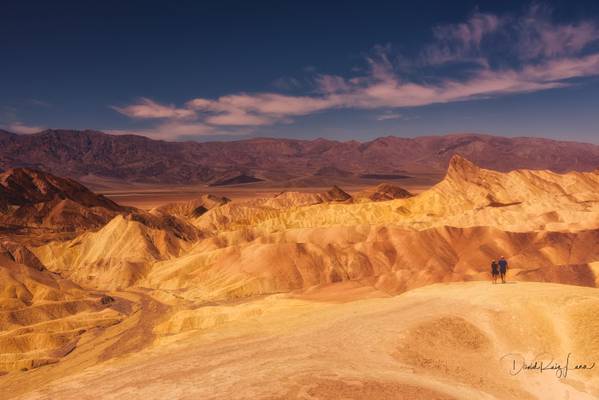
by David ruiz luna
Zabriskie Point is a part of the Amargosa Range located east of Death Valley in Death Valley National Park in California, United States, noted for its erosional landscape. It is composed of sediments from Furnace Creek Lake, which dried up 5 million years ago—long before Death Valley came into existence.
Death Valley California, United States September 2016
E X P L O R E : Oct 25, 2021 #8

by Sandeep Thomas
- Keith Miller.
| facebook | 500px | ferpectshotz |
When we ended up moving to SoCal due to our career decisions, there were two things that excited me about the move. One, there was no more snow to deal with and after trying out 6 winters in New York and New England we were not sad to move to sunny Los Angeles. The other reason was the sheer number of National Parks that were available to explore. We visited Yosemite within a couple of months of moving and the next park we chose was Death Valley National Park. I was actually quite surprised to learn that many of my colleagues didn’t even know about the park that was just 4 hours away from them, in fact, I had to tell people that it was near Coachella music festival for them to get a general idea of the location of the park.
Our first visit was quite eye-opening as we went in winter and the temperature was quite toasty 90F, but the desert was stunning in its beauty and one of our favorite places to visit was the stunning Zabriskie point, a part of the Amargosa Range located east of Death Valley, noted for its erosional landscape. It is composed of sediments from Furnace Creek Lake, which dried up 5 million years ago - long before Death Valley came into existence.
This stitched panorama shot was made of the Manly beacon during sunrise as the morning light drenched the Panamint Range. I was never fully convinced of the edits on image when I first posted it but recently after getting a bit more skilled at editing, I tried my luck again and I believe this is a much cleaner representation of the amazing vista we were lucky to witness.

by Jerry Burchfield
Bacharach am Rhein
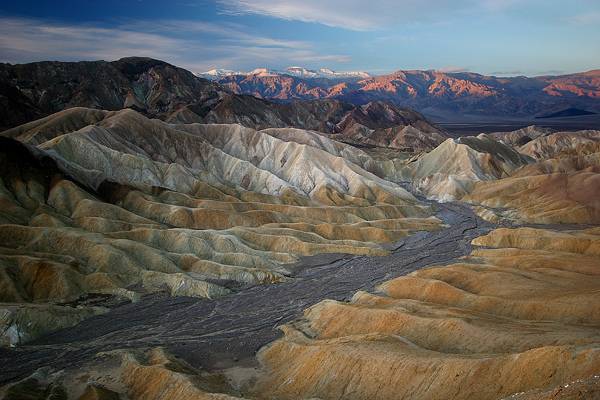
Zabriskie point after sunrise, Death Valley National Park, California, USA.I'll upload a panoramic stitch a few days or weeks.
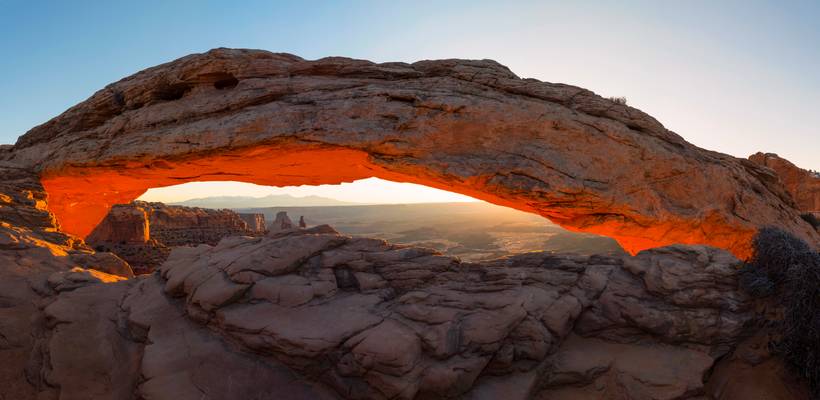
by Sandeep Thomas
- Dennis Banks.
| facebook | 500px | ferpectshotz |
After Bryce Canyon exploration and our brief stint with the cold we went on to Moab, UT. The gateway town to both Arches and Canyonlands-Island in the sky National Parks. On our first day we decided to tackle the popular destinations and visited one of the most famous geological formations, the Mesa Arch of Canyonlands. There is a pretty short hike to get to the arch which is actually not as huge as I envisioned it but spectacular nonetheless. The only problem is the number of people at location, being one of the most photographed locations in Utah and perhaps southwest itself it's pretty popular even on a cold December morning. Thankfully I am early enough to get a decent spot, I heard some photographer to my left camped out in the location since 4 am for a sunset at 7am.
Anyways we had a nice time talking to fellow photographers about the locations and had a blast sharing tips regarding techniques. I made this pano shot once everyone started to leave after the sun burst through the horizon. This is a four shot panorama of the whole arch, with the early morning sun providing amazing light on the valley below.
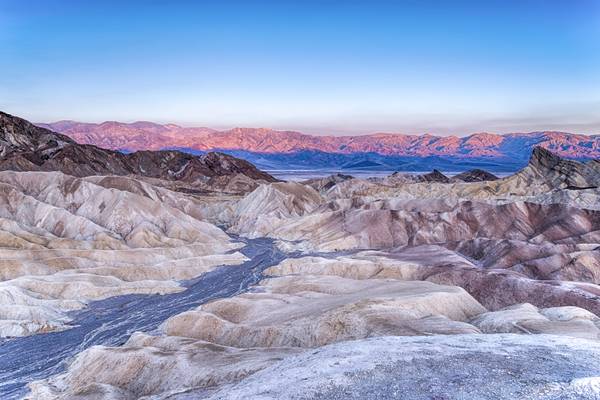
by Sandeep Thomas
- Edward Young.
| facebook | 500px | ferpectshotz |
Zabriskie Point at Death Valley National Park. This is a wide angle shot of the previous image Iposted on flickr. Zabriskie Point is a part of Amargosa Range located east of Death Valley in Death Valley National Park in the United States noted for its erosional landscape. It is composed of sediments from Furnace Creek Lake, which dried up 5 million years ago, long before Death Valley came into existence.
I had an amazing time here even though I had to wake up around 4:30 PM to witness the sunrise at this amazing location. The colors and patterns on these badlands formation is nothing short of spectacular. Please make it a must stop location if you ever visit Death Valley.
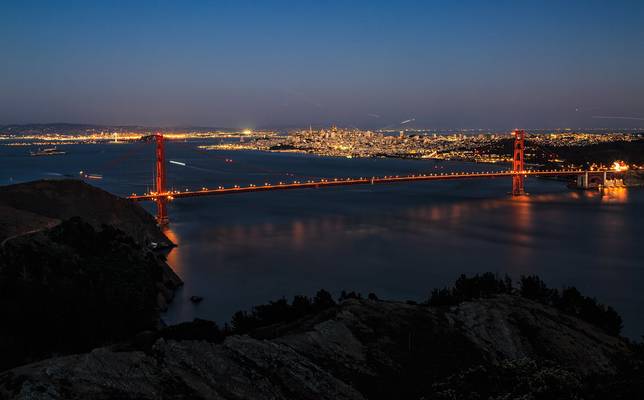
by Yi Jiang
From Hawk Hill at Dusk
![Adopt the pace of nature: her secret is patience…[explored]](https://cdn.phoide.com/Thumbs/31796b90-10e8-41fa-acd0-60daefc8b253.jpg)
by Sandeep Thomas
- Ralph Waldo Emerson.
| facebook | 500px | ferpectshotz |
A view from Zabriskie point at Death Valley National Park. I took this shot in the morning as the rising sun was lighting up the folds and faraway mountains. Morning sun over the Zabriskie point is an absolutely religious experience and it’s something everyone should witness at least once in their life. The badland formations and the texture of and hues of the landscape is beyond amazing as the golden light gets there just becomes outright stunning. Thanks for visiting hope you enjoy the pics…
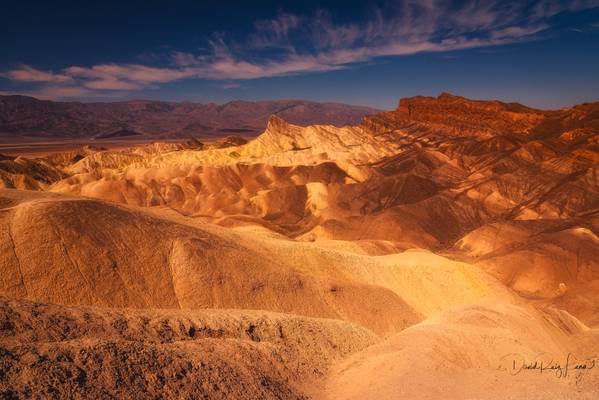
by David ruiz luna
Zabriskie Point is a part of the Amargosa Range located east of Death Valley in Death Valley National Park in California, United States, noted for its erosional landscape. It is composed of sediments from Furnace Creek Lake, which dried up 5 million years ago—long before Death Valley came into existence.
Death Valley California, United States September 2016
Nature in Focus ❣ Picture of the Day December 2021
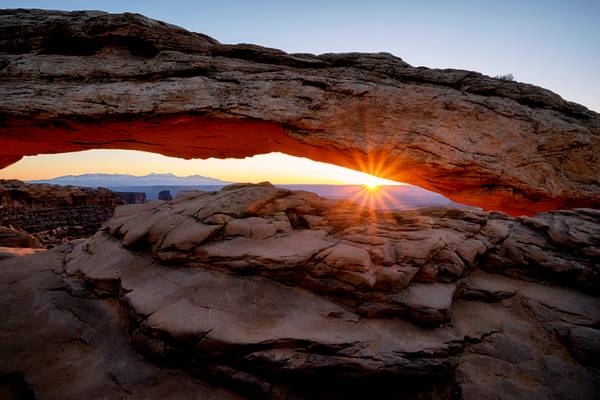
by Sandeep Thomas
- Guru Nanak…
| facebook | 500px | ferpectshotz |
Now let's move on to the customary shot of mesa arch, the sunburst through the arch just as the sun breaks the horizon. I had actually prepared for this a bit and through the use of this amazing app called photopills knew that the winter sun will rise to the right of the arch. So while most people were clamoring to get to the left of the arch, there were only a couple to the right side. Problem with staying to the left was that once the sun comes out you will only have a few minutes for sunburst as the arch is more open and the rising sun will soon overpower everything, while on the left side the arch opening is narrow so we had more flexibility to shoot the sunstar.
The one thing that surprised me most about the arch was how small it actually is, its tiny. Most of the photographers there were actually using fisheye lenses, I believe to accentuate the width of the arch and to get the whole thing in a single frame. But small or not this was a stunning sigh albeit a little crowded.
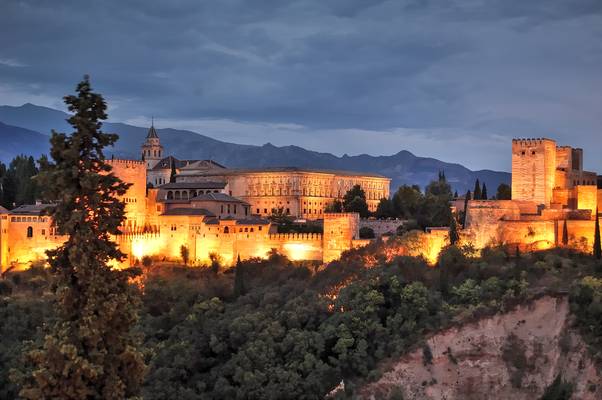
by Enrica Fabriani
La Alhambra se concibió como una ciudad palatina para albergar toda la corte del monarca. Es uno de los máximos exponentes del arte nazarí y fue declarada Patrimonio de la Humanidad en 1984.
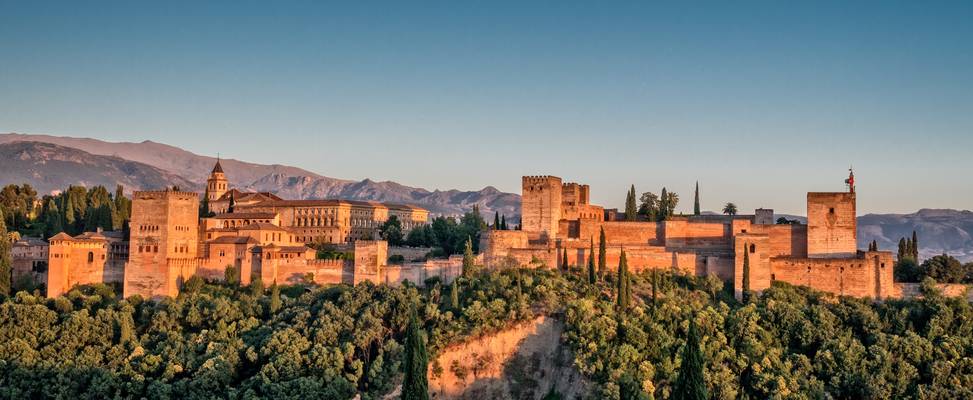
by David ruiz luna
Vista panorámica de La Alhambra al atardecer desde el mirador de San Nicolás, en la que se distingue de derecha a izquierda, la torre de la Vela, la torre de las Armas, la torre del Homenaje, la torre del Cubo, el palacio de Carlos V, la torre de Comares y el peinador de la Reina.
Granada, Andalucía, España.

by Luciano Paniagua Montes
Generalife a la izquierda, Palacios Nazaríes, Palacio de Carlos V y Alcazaba de la Alhambra. Desde el Mirador de S. Nicolás. 5 fotos horizontales tomadas a pulso y montadas "manualmente" (sin ningún sofware específico) en Photoshop
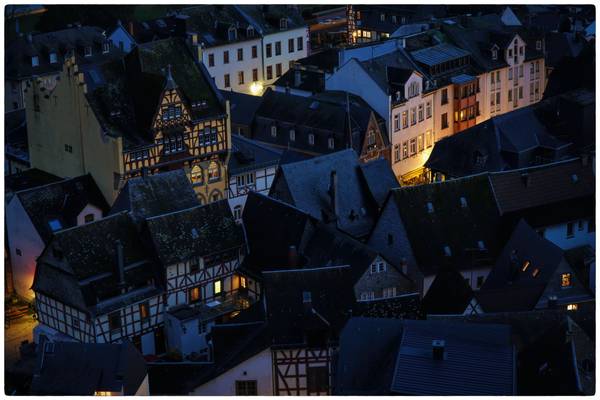
by Jerry Burchfield
Evening in my favorite little town
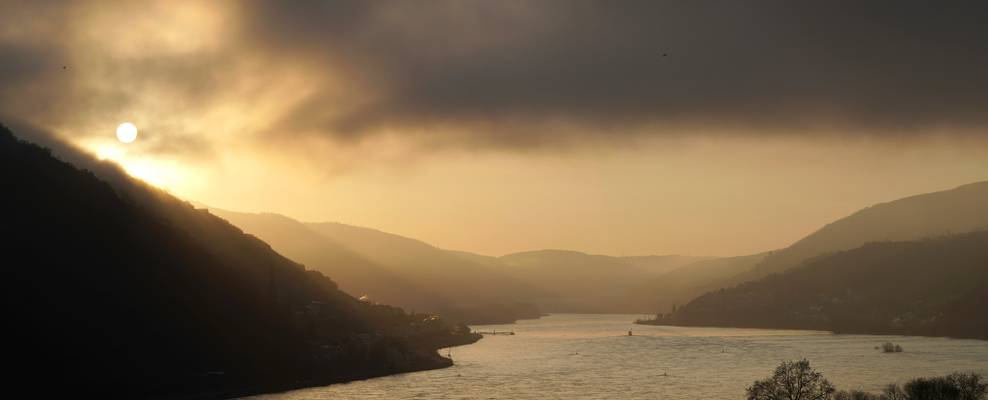
by Jerry Burchfield
Sunrise on the Rhein
Thanks to all Phoide contributors to sunrise!
Most notably Jiri Hajek, Maurizio Fontana, Lenis Las, Sandeep Thomas, Jerry Burchfield, Eduard Wichner, Yi Jiang and angel.
